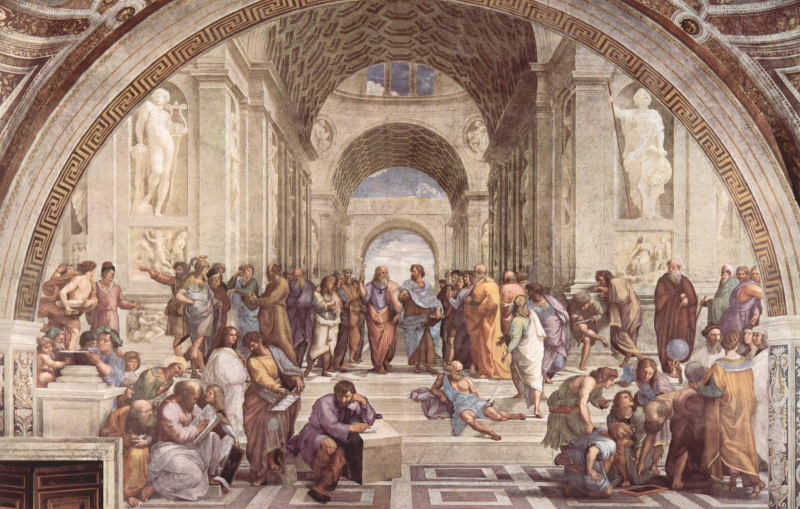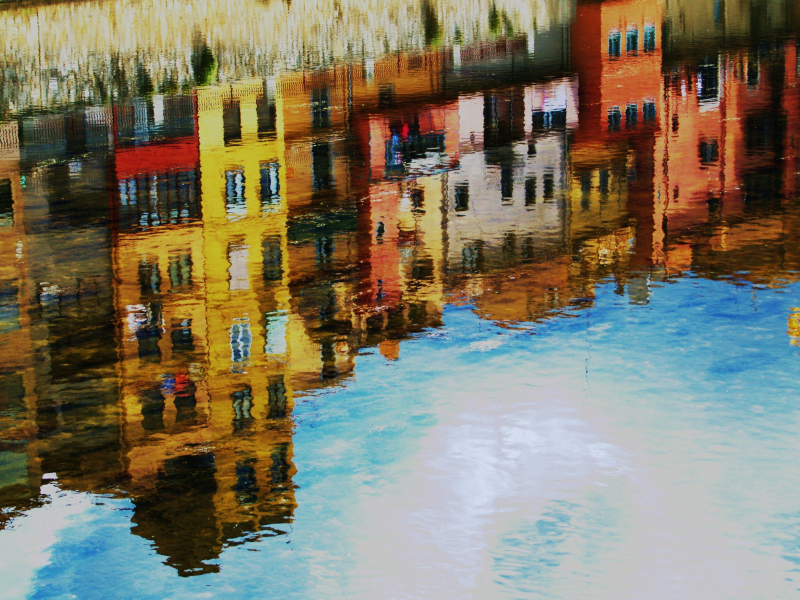Classical Art and Contemporary Art
Essay topic: Classical Art and Contemporary Art.
Answer:
Art, a timeless expression of human creativity, takes diverse forms across different periods. Classical art and contemporary art represent two distinct epochs, each contributing unique perspectives to the canvas of artistic expression.
Classical art traces its roots to ancient civilizations, embodying the aesthetic ideals of order, symmetry, and realism. It flourished in cultures like ancient Greece and Rome, showcasing sculptures, paintings, and architecture that conveyed a sense of harmony and proportion. Classical art often depicted mythological themes, heroic figures, and idealized beauty. The emphasis on precision and balance characterized this period, reflecting a deep appreciation for the human form and the natural world.
In contrast, contemporary art reflects the spirit of the present age, breaking away from the conventions of the past. Emerging in the late 19th century and continuing to evolve today, contemporary art embraces diverse styles, mediums, and subject matters. Artists in the contemporary era explore abstraction, conceptualism, and new technologies, challenging traditional boundaries. Contemporary art often reflects the complexities and diversity of modern life, offering a canvas for personal expression, social commentary, and experimentation.
One significant difference lies in the artistic techniques. Classical art places a premium on precision, skillful draftsmanship, and a meticulous approach to form. Artists aimed for perfection in their portrayal of the human body and sought to capture the essence of beauty. Contemporary art, on the other hand, embraces a more experimental and avant-garde approach. Artists explore unconventional materials, abstract forms, and new media, often prioritizing the expression of ideas and emotions over traditional techniques.
Consideration should also be given to the themes portrayed. Classical art often depicted mythological narratives, historical events, and religious scenes. The subject matter conveyed a sense of idealized beauty, virtue, and heroism. In contrast, contemporary art engages with a broader spectrum of themes, including social issues, personal experiences, and cultural critique. Artists in the contemporary era use their work as a platform for commentary on the complexities of the modern world.
In conclusion, classical art and contemporary art represent distinct chapters in the ongoing story of artistic expression. Classical art, rooted in tradition, exudes a sense of order and perfection. Contemporary art, shaped by the dynamism of the present, embraces diversity, experimentation, and a wide array of themes. Both epochs contribute to the rich tapestry of human creativity, offering viewers different lenses through which to appreciate the ever-evolving language of art.












